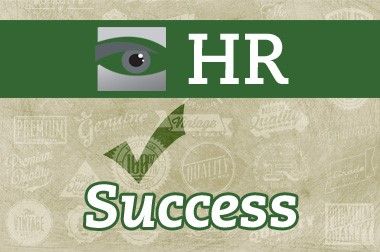 UPDATE
UPDATE
Following contact from HonestReporting, The Daily Beast has changed their headline to reflect the reality that there are challenges in authenticating artifacts, but this does not make this important scientific discovery a “hoax.”

* * *
Last month the Israel Antiquities Authority (IAA) came into possession of a piece of papyrus that experts have identified as being from the the First Temple Period, in the 7th century B.C.E. This particular artifact prominently mentions Jerusalem as being central to Jewish life at that time.
The Daily Beast, based on exactly no actual evidence whatsoever, referred to the discovery as a “hoax” while describing it as “shady.”
Join the fight for Israel’s fair coverage in the news
When you sign up for email updates from HonestReporting, you will receive
Sign up for our Newsletter:
Join the fight for Israel’s fair coverage in the news
Why does the artifact appear to be genuine?
First of all, carbon dating establishes the age of the papyrus. Second, the IAA’s Dr. Eitan Klein explains that the text’s orthography (style of writing) matches with other texts from the period, thus confirming the carbon dating. Finally, the consensus opinion among scholars who have actually been involved with authenticating the artifact is that the find is, indeed, genuine.
Why does the Daily Beast refer to the artifact as a “hoax?”
For reasons that have nothing to do with the artifact itself, with the data, or with science.
Authors Candida Moss and Joel Baden say that the timing of the discovery makes it suspect: because of a recent UNESCO resolution which denies Jewish ties to Jerusalem, and which has been roundly criticized by most of the Western World. According to Moss and Baden, this, and this alone, casts doubt on the artifact, regardless of what science has to say on the topic.
The authors attempt to support their claim that the artifact is suspect by covering up the fact that the papyrus was recovered by the IAA in 2012 , that for years the agency has been working to examine it scientifically without connection to external political events, and that all of this has been publicly disclosed throughout the process.
Moss and Baden go on to imply that scholars deny the authenticity of the artifact.
They do not.
Their supporting link makes reference not to “scholars” but only to only one scholar: Aren Maeir, an archaeologist at Bar-Ilan University who was not involved with the acquisition or analysis of the papyrus, and who never said that it wasn’t authentic. To the contrary, Maeir merely discussed some commonly known challenges faced by any scientist when performing an authentication of this type, and how such challenges may also be relevant in this case.
In one final and desperate attempt to twist facts into their biased agenda, Moss and Baden imply that antiquities scholar Christopher Rollston has called the artifact a “fraud.”
He did not.
Rollston, like Maeir, has not been involved in authenticating the document, and he did not say that the discovery isn’t authentic. As part of a book he is writing, Rollston discusses commonly known challenges related to authentication in general, and the ways in which such challenges might be relevant to this particular discovery.
Our e-book, Red Lines: HonestReporting’s 8 Categories of Media Bias, examines the phenomenon of journalists using true facts to reach false conclusions.
There is nothing wrong with a professional journalist examining the various challenges related to authenticating any ancient artifact, just as the professional scholars quoted in this article have done.
But to call a scientific discovery “shady” and a “hoax” right in the headline, despite the weight of scientific evidence and scholarly consensus to the contrary, is simply irresponsible and unprofessional journalism.
Please share your considered comments with the Daily Beast at [email protected]
Cover photo by Miriam Alster/FLASH90 and zeevveez via Wikimedia Commons with modifications by HonestReporting.



